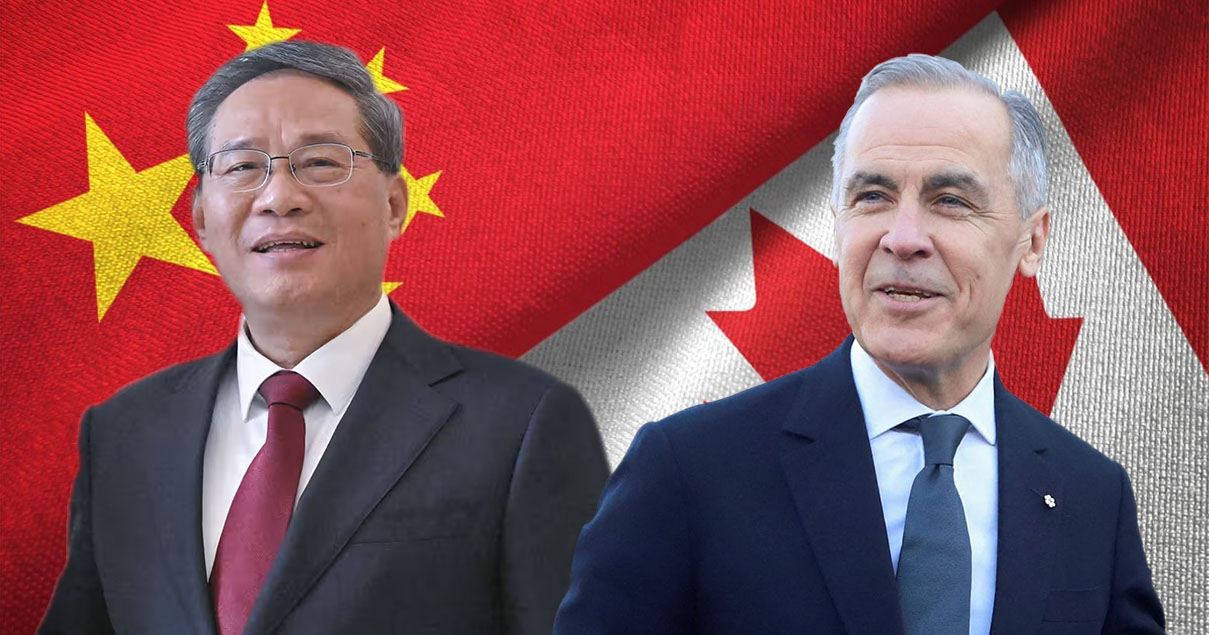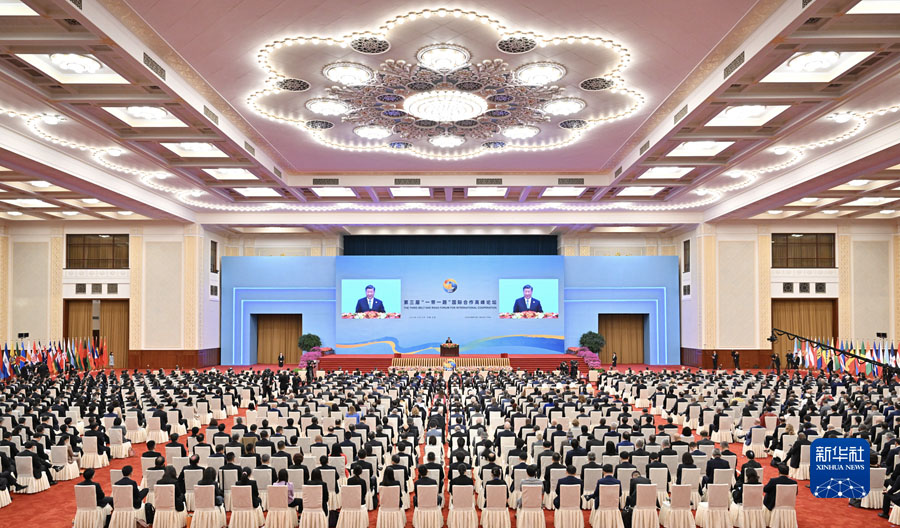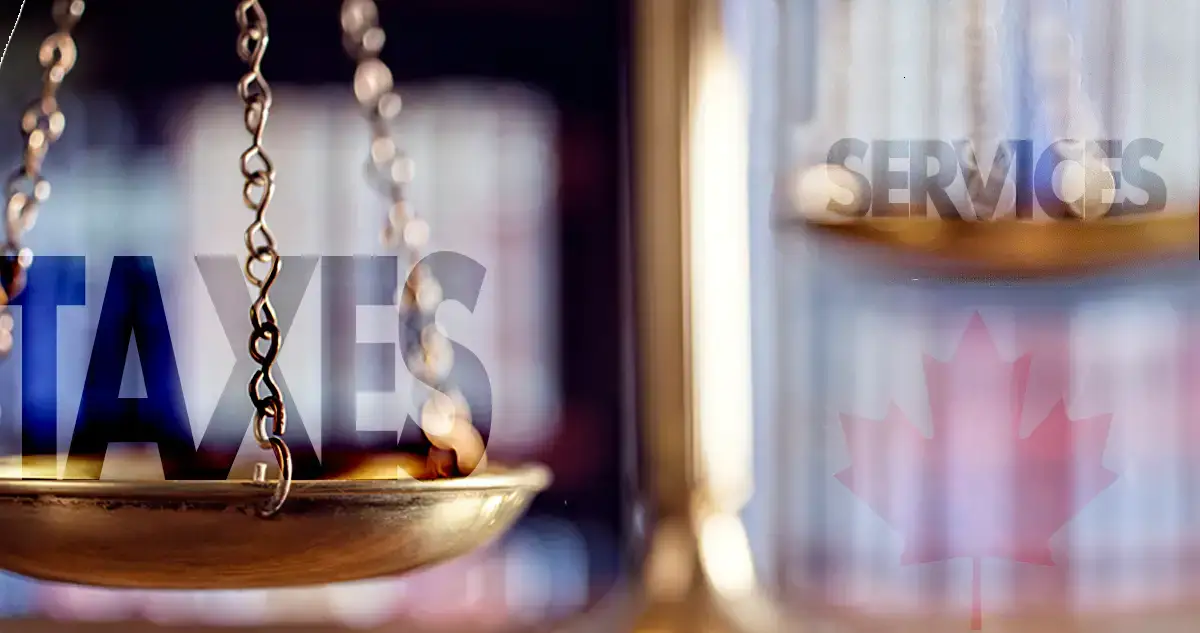
Canada and China Reset Relations Amid U.S. Trade War and Economic Shifts
OTTAWA—On June 5, 2025, Canadian Prime Minister Mark Carney and Chinese Premier Li Qiang spoke by phone in a pivotal conversation aimed at resetting relations between the two nations after years of political tensions. Both leaders emphasized economic cooperation, trade expansion, and mutual prosperity as top priorities moving forward.
Canada and China have long shared a complex but significant relationship. Canada was one of the first Western nations to establish diplomatic ties with China in 1970, and for decades, the two countries enjoyed strong trade and diplomatic exchanges. However, in recent years, political disputes and trade barriers have strained relations.
Premier Li acknowledged these challenges but emphasized the importance of moving forward. “There is no fundamental conflict of interests between the two countries,” Li said. “China is willing to work with Canada to put ties on a healthy and stable path and find solutions to address each other’s concerns through enhanced dialogue.”
Carney echoed this sentiment, affirming Canada’s commitment to restoring ties with China. “The trading relationship with the U.S. is important to both sides,” Carney said. “We are in intensive negotiations with the Americans and in parallel preparing reprisals if those negotiations do not succeed.”
While diplomatic tensions have shaped Canada-China relations in recent years, experts suggest that rebuilding engagement could also help tackle a troubling domestic issue: the rise of anti-Asian hate and discrimination. The heated discourse surrounding China has, at times, blurred into broader prejudice against Chinese-Canadians, exacerbating divisions within Canadian society.
Senator Yuen Pau Woo and Professor Paul Evans from the University of British Columbia caution that “anti-China sentiment is rising across the country, and so is anti-Asian hate.” They argue that public conversations about China have become increasingly toxic, with some Canadians who support engagement being unfairly labelled as disloyal or subject to undue influence.
Historian Henry Yu from UBC has highlighted the lasting impact of anti-Chinese racism in Canada, stating that “Asian-Canadians continue to experience racism today” and that historical discrimination, such as the Chinese Exclusion Act, still affects perceptions of Chinese communities.
Policymakers insist that Canada’s engagement with China must be driven by clear economic and strategic interests, not reactionary politics or rhetoric. By re-establishing diplomatic dialogue and trade cooperation, Canada has an opportunity to shift the conversation toward practical benefits rather than ideological conflicts—potentially helping to ease tensions at home while securing new opportunities abroad.
A recent Nanos Research poll, conducted for CTV News and The Globe and Mail, found that 31 percent of Canadians now favour expanding trade with China, a significant increase from just 5 percent in late 2022 and 7 percent in mid-2023. Meanwhile, opposition to trade with China has declined sharply, with only 20 percent of respondents now saying Canada should reduce trade with China—down from 55 percent in 2023 and 61 percent in 2022. Nik Nanos, chief data scientist at Nanos Research, noted that “the appetite to increase [trade with China] has grown.”
Economic Realities Drive Change
Saskatchewan Premier Scott Moe, speaking on March 18, 2025, at Canada’s Farm Show, voiced frustration over Ottawa’s tariffs on Chinese electric vehicles, arguing that they are negatively impacting Canadian industries. “My ask is, do something. Do something. Reach out to China. Reach out and open up the discussion at finding a path forward, because the tariffs coming from China – 100 per cent on canola oil (and) canola meal – are the most significant tariffs and the most immediate threat that the Canadian economy is facing today.”
Meanwhile, the United States has escalated its trade war with Canada, imposing 50 percent tariffs on Canadian steel and aluminum. Former U.S. President Donald Trump defended the move, stating, “We need to protect American industry from unfair competition.”
Carney responded to these tariffs by emphasizing Canada’s need to diversify its trade relationships beyond its traditional partners. In his Canada Strong platform, he stated, “It’s time to build an industrial strategy that makes Canada more competitive while fighting climate change.” Additionally, the Liberal government has launched a $5 billion Trade Diversification Corridor Fund aimed at expanding Canada’s trade beyond the United States, investing in infrastructure, and accelerating clean energy projects—efforts that align with China’s growing clean energy market.
Looking Ahead
While Canada and China still have political differences, economic priorities are now taking centre stage. Both nations recognize the need to strengthen diplomatic dialogue, expand trade opportunities, and rebuild trust.
With China positioned as Canada’s second-largest trading partner, industries from agriculture to energy stand to benefit from improved ties. As Carney deals with Canada’s growing economic pressures—including U.S. trade restrictions—China is emerging as a critical part of Ottawa’s diversification strategy.










